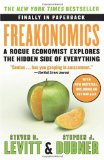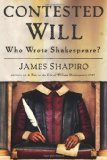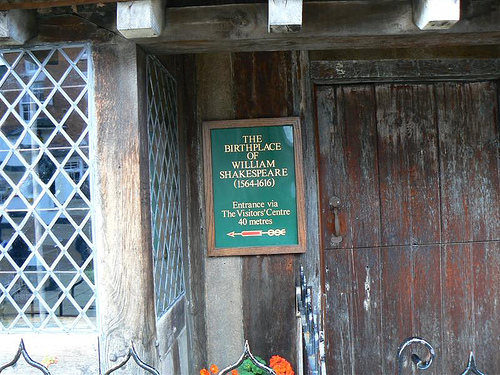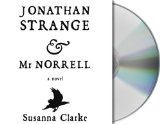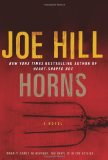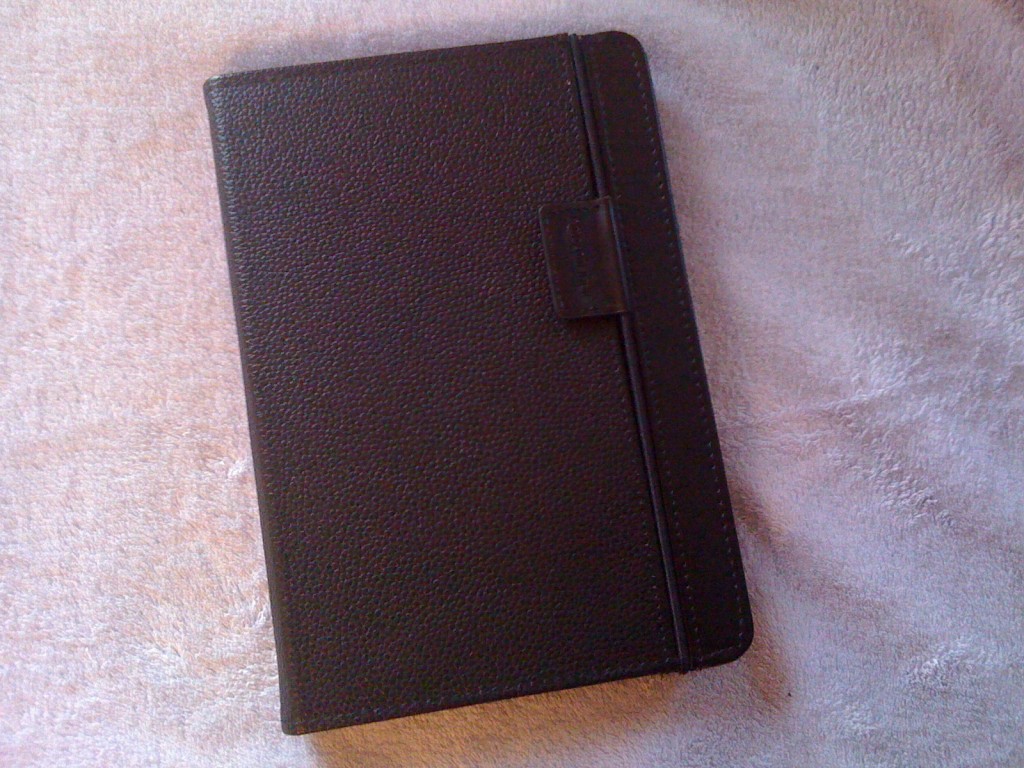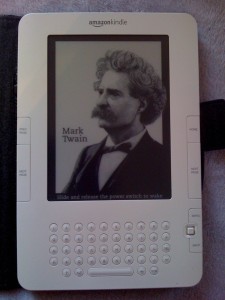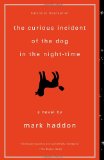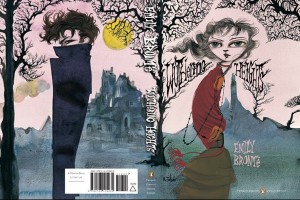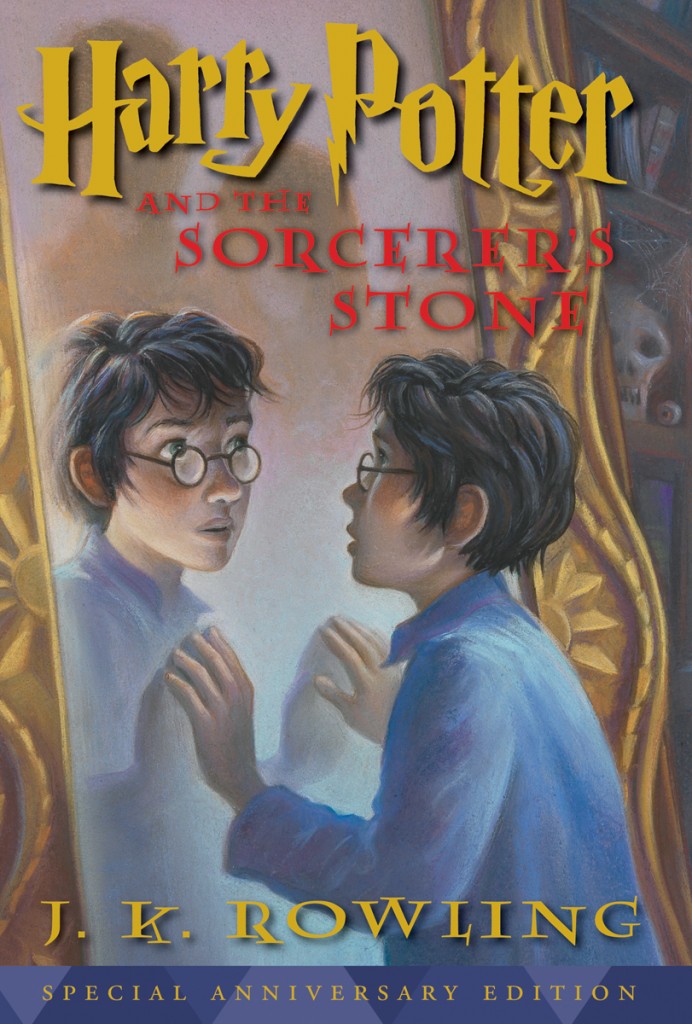 I have only had my Kindle a few weeks, and now that I’ve read two books on it, I am about to admit something so ghastly, so horrible, that you might want to sit down.
I have only had my Kindle a few weeks, and now that I’ve read two books on it, I am about to admit something so ghastly, so horrible, that you might want to sit down.
Are you sitting?
I actually enjoy reading on my Kindle better than paper books.
There, I said it, and there’s no taking it back.
What do I like better? When reading Contested Will: Who Wrote Shakespeare? it was a snap for me to look up a word I came across and did not know. I also have found that with these two books, even without the added pleasure of reading the bathtub, I just zipped through the books. I have no idea why I was able to read faster on the Kindle than on paper, but I suspect it has something to do with simply being absorbed by the book and not flipping pages around and also with the dimensions, which allow for easy reading while lying down in bed. I don’t have to prop up one side or the other. Notetaking is easy, and I don’t feel as though I’m really marking up the book. Plus I can find my notes very easily. If I want to look up something I read (like last night when Steven Levitt mentioned the restaurant French Roast, and I wanted to find out if it was still in business) I am able to open up a browser and look it up. The typeface is easy to read. Probably a sign of my age, but when I see books with small type or a lot of type crowded on the page, I groan.
So am I going to be burned as a heretic? I know some people who will view this statement as equivalent to my having been seduced to the Dark Side. No worries. I have no desire to murder all the Younglings.
photo credit: Iain Farrell

